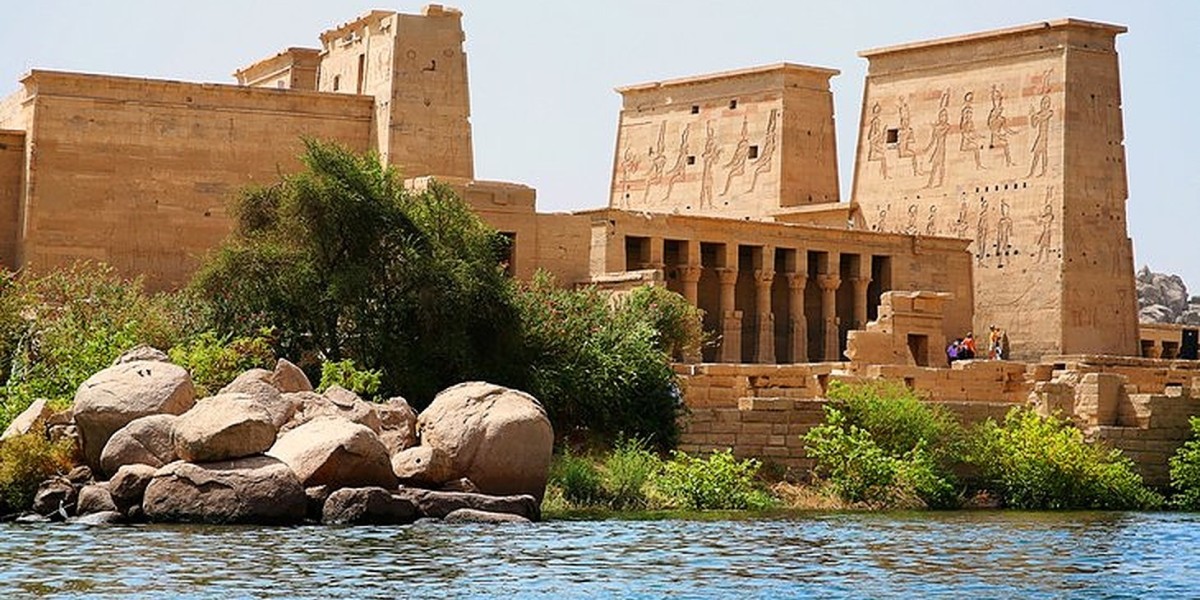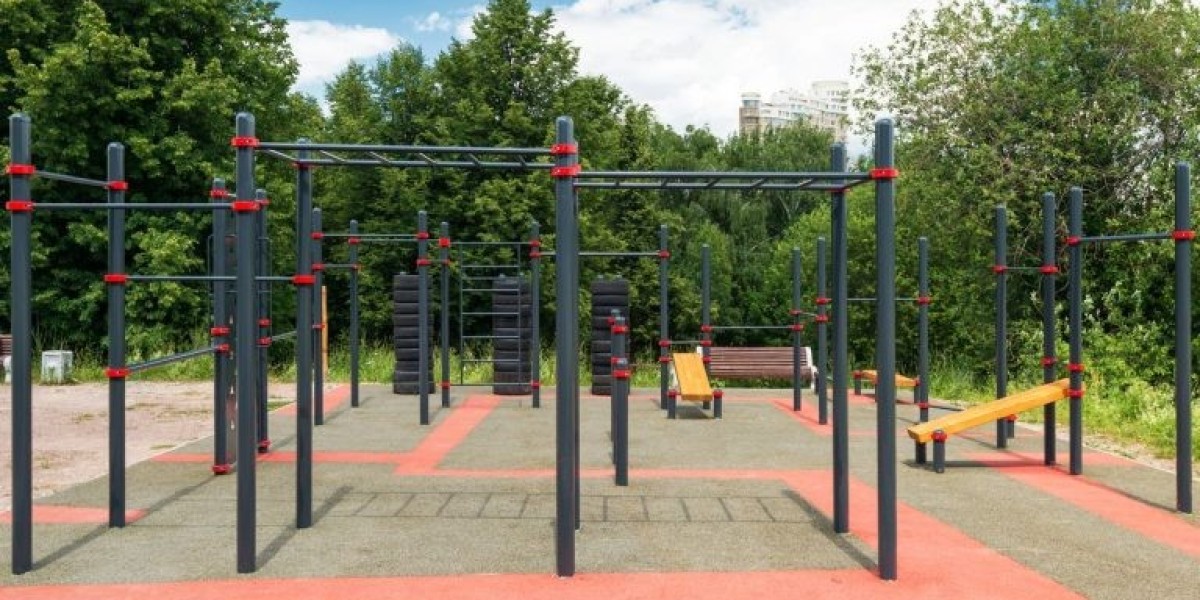The Philae Temple in Egypt, dedicated to the goddess Isis, is one of the most captivating archaeological sites in the country. Nestled on Agilkia Island, this temple complex is not only a masterpiece of ancient architecture but also a testament to Egypt’s rich cultural heritage. If you’re planning a trip to this stunning location, this complete guide will help you make the most of your visit.
Getting to the Philae Temple
To reach the Philae Temple, you’ll first need to travel to Aswan, a city renowned for its historical significance and scenic beauty. The most common way to get to Aswan is by flying into Aswan International Airport, which is well-connected to major Egyptian cities.
Once in Aswan, you can take a taxi or arrange a private transfer to the Philae Temple. The journey to the temple involves a short boat ride from the Aswan High Dam or the Temple of Kalabsha, as the temple is situated on an island. This scenic boat ride not only offers stunning views of the Nile but also sets the tone for the ancient wonders you are about to explore.
Understanding the History of Philae Temple
The Philae Temple was built during the reign of Ptolemy II, around 280 BCE, and continued to be expanded by subsequent rulers. Dedicated primarily to Isis, the goddess of motherhood, magic, and fertility, the temple complex is a significant site for understanding the religious practices of ancient Egyptians.
The temple’s location was crucial; it was believed that the goddess Isis found refuge on Philae Island during her search for her husband, Osiris. The temple served not only as a place of worship but also as a center for pilgrimage, drawing visitors from all over Egypt.
Exploring the Temple Complex
As you approach the Philae Temple in Egypt, the first thing you’ll notice is the magnificent entrance, adorned with intricate carvings and hieroglyphics. The entire complex is a marvel of ancient Egyptian architecture, featuring towering columns, beautifully painted reliefs, and well-preserved sanctuaries.
Key Highlights:
- The Great Temple of Isis: This is the main structure of the complex. Its towering columns and elaborate carvings tell stories of the goddess Isis and her family. Pay attention to the intricate details in the reliefs, which depict various myths and rituals associated with Isis.
- The Birth House (Mammisi): Located adjacent to the main temple, this smaller structure is dedicated to the birth of Horus, the son of Isis and Osiris. The walls are covered with vibrant hieroglyphs that narrate the story of Horus’s birth and his eventual triumph over Set.
- The Sacred Lake: This tranquil body of water was used for purification rituals and ceremonies dedicated to the goddess.
- The Nilometer: An ancient device used to measure the Nile’s water level, the Nilometer provides insights into how ancient Egyptians monitored flooding and its effects on agriculture.
Best Time to Visit
The ideal time to visit the Philae Temple in Egypt is during the cooler months, from October to April. The weather is more pleasant, making it easier to explore the temple complex without the extreme heat typical of the summer months. Visiting early in the morning or late in the afternoon can also help you avoid the crowds and enjoy a more intimate experience with the site.
What to Bring
When visiting the Philae Temple, it’s essential to come prepared. Here are some essential items to consider taking with you:
- Comfortable Walking Shoes: The temple grounds can involve quite a bit of walking, so comfortable footwear is a must.
- Sun Protection: Sunscreen, sunglasses, and a hat will help shield you from the sun, especially during the warmer months.
- Water: Stay hydrated, particularly if you’re visiting during the hotter parts of the day.
- Camera: The Philae Temple is incredibly photogenic, so be sure to capture the stunning architecture and beautiful surroundings.
Respecting the Site
As a UNESCO World Heritage Site, the Philae Temple in Egypt is protected, and it’s important to respect the site during your visit. Avoid touching the ancient carvings and follow all posted guidelines to help preserve this historical treasure for future generations.
Nearby Attractions
After exploring the Philae Temple, consider visiting some nearby attractions to enhance your Egyptian adventure:
- Aswan High Dam: A remarkable engineering feat, this dam is crucial for controlling the Nile’s floods and providing hydroelectric power.
- Nubian Museum: Located in Aswan, this museum showcases the rich history and culture of Nubia and is well worth a visit.
- Temple of Kalabsha: A short boat ride away, this temple is dedicated to the Nubian god Mandulis and offers a quieter alternative to the more famous sites.
Conclusion
The Philae Temple in Egypt is more than just an archaeological site; it is a window into the spiritual and cultural practices of ancient Egypt. With its breathtaking architecture, rich history, and serene surroundings, a visit to the Philae Temple is an unforgettable experience. Whether you are a history buff, a spiritual seeker, or simply an admirer of beauty, the Philae Temple will leave a lasting impression. Prepare for your journey to this iconic site and immerse yourself in the wonders of ancient Egypt.








